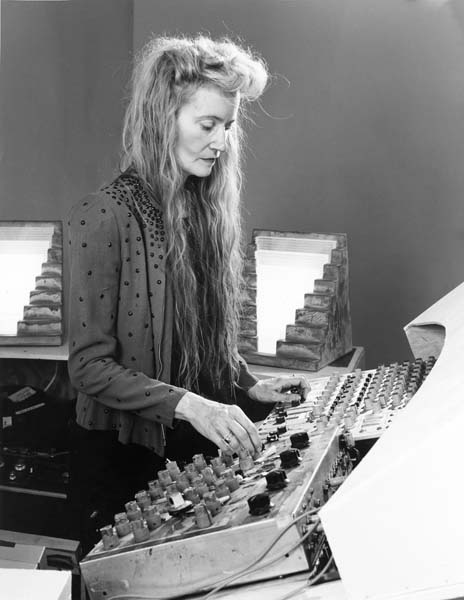
For some reason today I ended up scrolling back through my old tweets. I came across a link to a post on my old website entitled "Experience, perception, and physicality in experimental music: An argument for the role of neuroscience in music phenomenology". It was a relatively brief blog post of ideas I later expanded on in my thesis and at some point presented at a small cognitive science conference. I was almost shocked to see my own words discussing topics that fit squarely under the umbrella of humanities more than science, citing mostly composers and scholars of sound studies and communication studies. The ideas felt so distant from what I work on now since I haven't worked on music since beginning my PhD. It's almost like I forgot that I wrote a thesis about music. However, the general philosophy that I developed working on this part of my thesis remains integral to my approach to my current research that has little to do with music. Were I to rewrite the post today, I would no doubt change some things, but I decided to copy it here verbatim more to serve for reflection.
Experience, perception, and physicality in experimental music: An argument for the role of neuroscience in music phenomenology
Phenomenology is broadly defined as the study of the structures of experience. However, a more specific definition may describe phenomenology as one of several fields working together toward an understanding of human experience. For example, cognitive neuroscience seeks to uncover the neural mechanisms underlying human perception, while cultural studies analyzes the effect of social activities on experience. In music, there are several disparate fields that describe various aspects of musical experience, but some of these disciplines rarely interact. I suggest that a phenomenological understanding of music is a common goal among auditory cognitive neuroscience and a variety of other fields and that a collaborative research effort will lead to a better understanding of musical experience.
Aden Evens, author of Sound Ideas: Music, Machines, and Experience, suggests sound as a starting point for any phenomenological study of music. This positions sound-focused disciplines like sound studies and auditory cognitive neuroscience to be especially relevant to music phenomenology. The word ‘sound’ is often used to refer to the physical vibrations corresponding to an auditory impression. Jonathan Sterne highlights, however, that sound’s very definition is based on the human capacity to hear. The word ‘sound’ sits at the delicate boundary between subjective experience and the physical correlates of perception, but common language often equates the two. There are several examples of everyday perception in which the auditory percept does not correspond to a physical waveform in the material outside the ear (e.g. the missing fundamental, the McGurk effect, binaural beats), yet these are still classified as ‘sound’.
The tension between the material and perceptual aspects of sound has been especially prominent in electronic music since the development of technologies that control the physical properties of sound, sometimes downplaying the importance of the human listener. I distinguish between two types of physicality in electronic music:
- material physicality, the idea that one’s control over music is one’s control over the physical properties of vibration, and
- perceptual physicality, which acknowledges and centers the human participant in the physical world.
Material physicality is common to discourses of technological control in electronic music history. For example, in The Liberation of Sound, Edgard Varèse claims that “the raw material of music is sound” and describes how new technologies will facilitate his compositions by offering precise control over sound.
On the other hand, several artists, such as David Dunn and Maryanne Amacher, have placed emphasis on music as a process of perception rather than the manipulation of audible vibrations. Pauline Oliveros distinguishes between passive ‘hearing’ and active ‘listening’, the latter of which she describes as a purposeful engagement of attention and memory. Dunn, Amacher, and Oliveros challenge dominant discourses of control over sound through technology (material physicality) and instead theorize interrelations between sounds, bodies and environments (perceptual physicality). By centering human perception in their work, they serve as an important link between humanist and scientific discourses about music.
Psychoacoustics has traditionally stood at this junction by creating maps between physical vibration and auditory perception. Oliveros points out that there is another step to then incorporate perception into experience and suggests that the brain is integral in this process. Recent results in cognitive neuroscience on multi-stable perception support this theory by showing that the subjective interpretation of ambiguous stimuli can be decoded from brain activity. If we accept that human experience arises from neural activity, then it follows that to study the underlying neural computation is to study the experience itself. I argue that the study of the neural mechanisms underlying auditory experience is a key component in an interdisciplinary effort towards a phenomenological understanding of music.